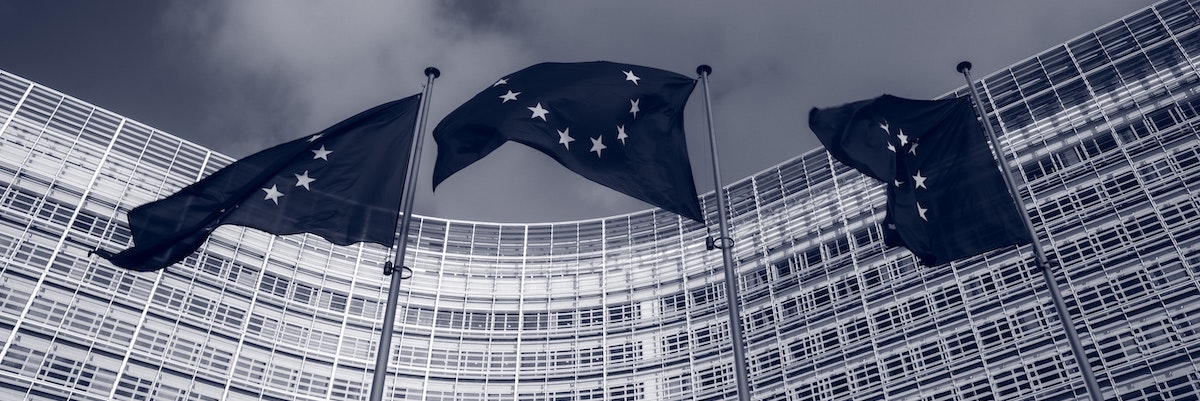This paper was published as part of a special issue on The Changing Face of the EU’s Audiovisual Media Policy’
Programming and investment quotas in favour of ‘European works’ are an important element of the audiovisual ‘cultural policy toolkit’ in Europe. In reasserting their role, the revised 2018 Audiovisual Media Services Directive (AVMSD) has updated these rules in response to the rise of transnational video-on-demand (VoD) services across the continent. This article examines why and how Italy embarked on a reform of its domestic regime on quotas in 2017, in parallel with the revision of the AVMSD. It shows that Italian policy-makers sought to adopt a system of quotas that was far more stringent than the one previously in force and that also departed from the EU approach in significant ways. The evidence presented here shows that while national broadcasters managed to get the government to water down its initial proposals, Netflix and the other VoD providers were not involved in the formal discussions with the government until at late stage and were unable to shape policy outcome to their advantage. We argue the Italian case is a prime example of the continued commitment to quotas as a core element of the audiovisual cultural policy toolkit seen across Europe
Keywords: Audiovisual Media Services Directive (AVMSD); European Union; Netflix; media policy; quotas; video-on-demand (VoD)
.
Photo by Christian Lue on Unsplash












